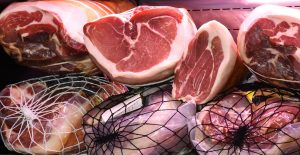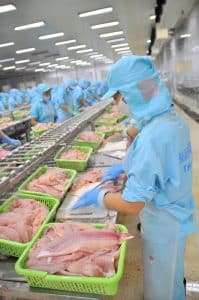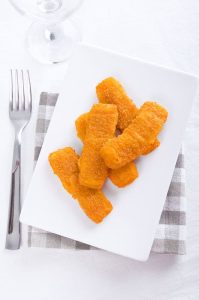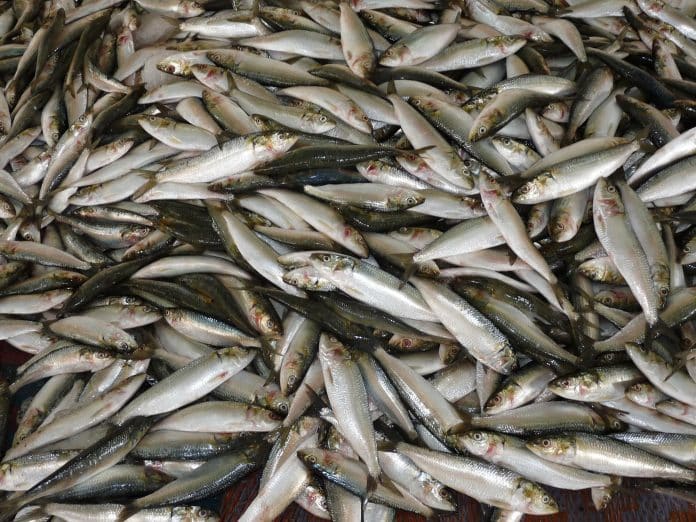Faced with the current economic realities, farmers worldwide are searching for new options of surviving, as well as expanding their business. One of the many opportunities to grow markets, turnover and profits is by adding value to farm produce through further processing.
Food products that are obtained from water environments, whether fresh or salt water, are classified as marine foods. The main marine raw products used in food processing are saltwater fish, crustaceans and shellfish such as shrimp, lobster, crab, clams, oysters, as well as freshwater fish.
Large quantities of marine foods, including seafoods, are frozen or canned. Examples are processed goods being pre-cooked, battered, breaded as well as frozen fillets, fish sticks and shrimp. Tuna, salmon and sardines are also processed and canned. Other fish products include salted, smoked, pickled or dried fish. Whole fish is also sold, meaning it remains unprocessed and is purchased in its original form as caught.
Processing options


Some processing options available include:
Fish fillets are defined as the fleshy sides of the fish which have been cut from the whole fish, lengthwise along the backbone. Fish fillets are usually deboned for consumer comfort, although it must be noted that some small bones or ‘pins’ may remain even after careful processing.
The skin of the fish may also be left on one side of the fillet. Butterfly fillets are defined as two fillets which are held together by the uncut flesh and skin sections of the belly. Apart from the raw filleted fish that is available to consumers, filleted fish may also be processed into cooked freshwater fish fillets, fried fish fillet and also individually quick-frozen (IQF) fish fillets.
Fish steaks refer to large dressed fish which have been cut into cross-section slices with a
thickness ranging from 1,25 to 2,5cm, with a cross section of the backbone remaining in the product. Fish usually processed in this fashion include halibut steaks and salmon steaks.
Fish sticks are cut from pre-formed, pre-frozen fillet blocks. These blocks are prepared by laying carefully prepared boneless and skinless fillets in a waxed fibreboard container. The fillets are laid either parallel or perpendicular to the long axis of the container, with the thick portion of the fillet being placed adjacent to the edge of the container and the thin portion in the centre.

The depression that is formed through this method of stacking, is built up with fillets until the desired weight is obtained. For the freezing process, the containers of fillets are placed in a multi-plate freezer with spacers 8,4cm less in depth than the cartons, which will then result in a single compression of the cartons when the plates are moved together. The fish sticks are obtained by cutting the frozen fillets into portions of at least 9,5cm thick, and are offered to the consumer in fried form, ready to eat, or frozen raw coated with batter and breaded, ready to be cooked.

Fish cakes are prepared from cooked, flaked fish fillets, boiled potatoes, diced onions and seasoning, which are then shaped into cakes. These cakes are enrobed in batter, breaded and then packaged and frozen, ready to be cooked.
More options
The products discussed above are only a small sample of the numerous processing methods and products available to the processor. Other options also include breaded bite-size fish pieces, canned clams, oysters, shrimp, sardines, salmon and tuna, as well as fish squares, fried fish fillets and smoked fish products. –Theresa Siebert, Institute for Agricultural Engineering, Agricultural Research Council
The Manual on the Agro-Processing of Marine Foods contains complete information on the products discussed above, as well as many other processing methods and products available to the farmer and processor. It is available from the ARC’s Institute for Agricultural Engineering. Contact Elmarie Stoltz on 012 842 4017 or stoltze@arc.agric.za for more information.


